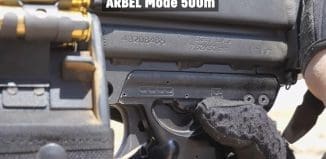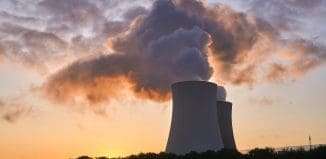Japan Becomes A Player in East-Asia, Prepares Military
This post is also available in:  עברית (Hebrew)
עברית (Hebrew)
The government of Japan requested to purchase three Global Hawk drones, eight Kearfott navigation systems, eight global positioning systems, as well as other support equipment, aimed to enhance its intelligence, surveillance, and reconnaissance capabilities. And it may be time. Japan has one of the world’s most professional and technologically proficient militaries, and yet has never fought in a war. But now, a territorial dispute with China raises concerns in Tokyo, and the growing arsenal of missiles deployed by a nuclear North Korea had focused attention on the need for better crisis management and military preparedness.
During the 1950’s, Japan was already allowed to establish an army, but scars and memories from the second World War has caused the government to lay down rules stating that the military will not operate outside the country’s borders, except for defense and humanitarian missions, led by the UN. In recent years, however, as East Asia becomes more unstable, growing voices are heard demanding to allow the Japanese army a chance to receive both military tools and the experience to use them.
Prime Minister Shinzo Abe has put forward an array of defense reforms since he returned to office in late 2012. Of these reforms is the reinterpretation of the constitution to allow for collective self-defense, or the use of force by Japan’s military on behalf of others. The Japanese military would be allowed to use its weaponry to defend the United States military — which has an obligation to assist in Japan’s defense — as well as other regional partners. Another reform, the relaxation of restrictions on the export of defense technology, also has significant ramifications for Japan’s future military options.
The United States has been stepping up arms sales to nations in the Asia Pacific region as part of the Obama administration’s “pivot to Asia” strategy to strengthen US allies’ military forces. The three high-altitude RQ-4 aircrafts being sought would be obtained through the U.S. Foreign Military Sales program at an estimated cost of $1.2 billion.
Northrop Grumman would be the principal contractor and would deploy representatives to Japan for logistics support and to support establishment of required security infrastructure.





























